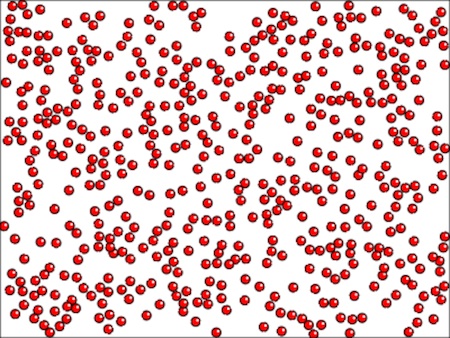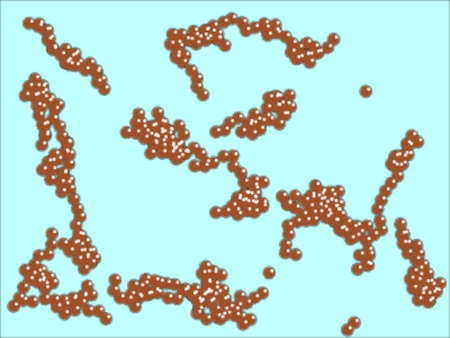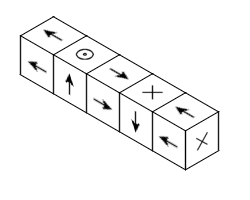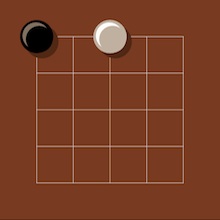To start off this semester, I took my class through a short history of computer graphics, by showing some of my favorite computer animations. Well most of them were computer animations, but there was one exception: The very first piece I showed was from Disney’s 1940 classic film “Fantasia”.
I told the class that I had first watched “Fantasia” when I was sixteen, and that from the moment I saw it, I knew that I wanted to make things like that. I didn’t know yet when I was sixteen that I would end up doing it with computer graphics. But really, that’s just a detail, isn’t it?
I love many things about “Fantasia”. But my favorite part is the brilliant “Night on Bald Mountain” sequence — animated by the great Bill Tytla — and that’s what we started with.
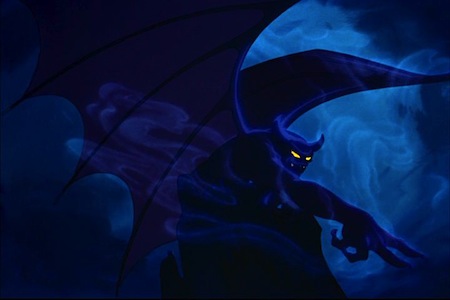
Why did I begin a class in computer graphics by showing something that wasn’t computer graphics? Because I wanted to make sure the class understood that art doesn’t start with any particular technique. It begins with the vision to want to make something transcendent, to create something that makes peoples’ lives richer.
The vision you have is more important than the question of which medium you end up using to achieve that vision. As it happens, I have ended up using computer graphics, but that’s really just an accident of history.
